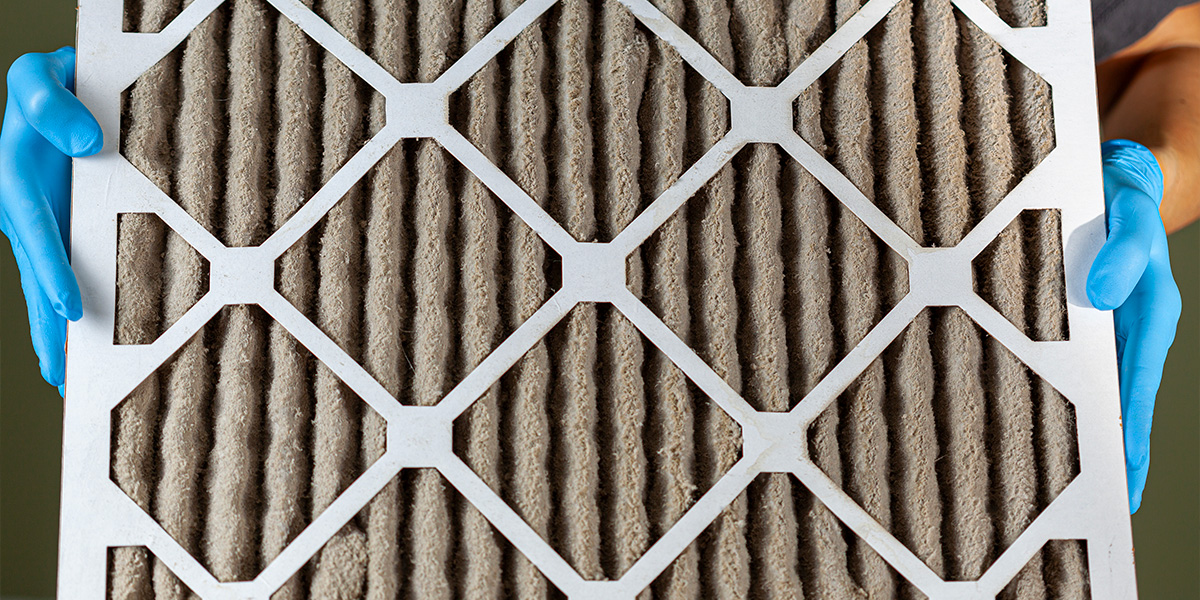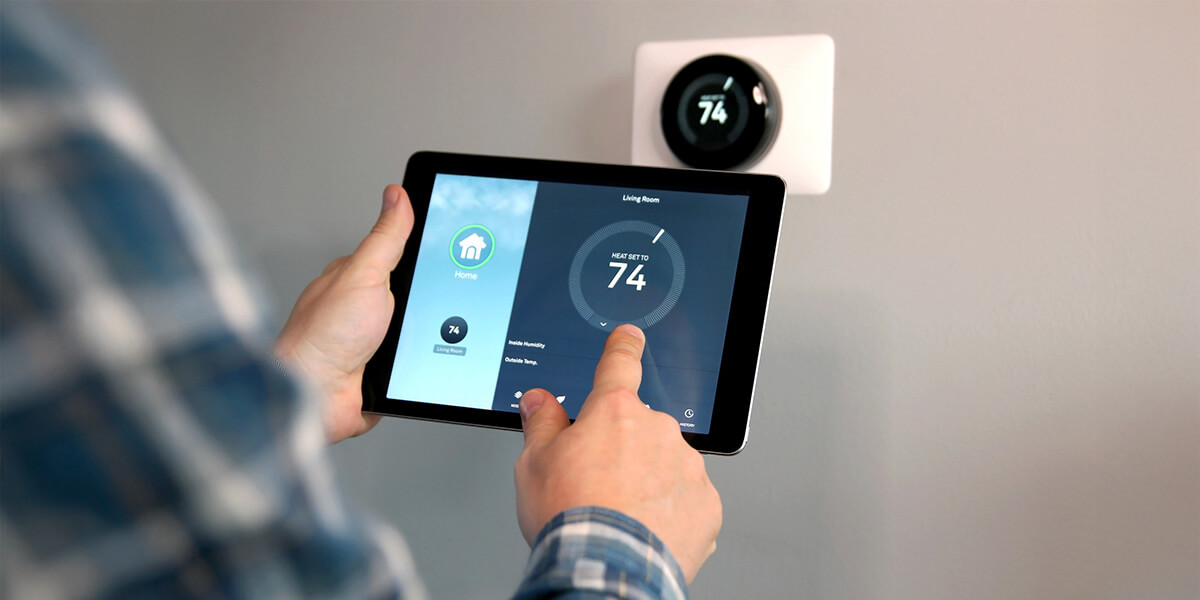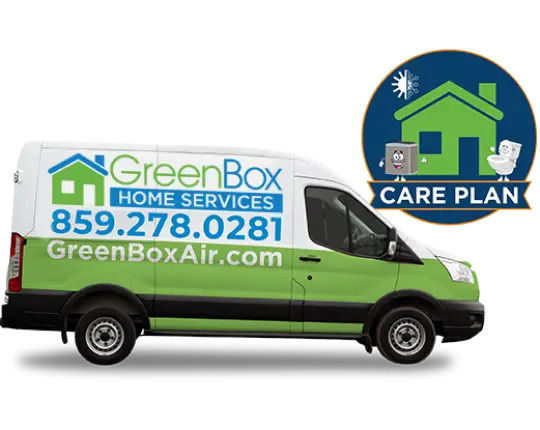Acquiring a new air conditioner can be a confusing purchase. Air conditioners come with a range of information, terminology, and various ratings. This can all be overwhelming when you just want to buy the best air conditioner for your home. Air conditioner efficiency plays a big role in keeping your home comfortable.
One of the most critical pieces of information available to you when you buy a new air conditioner is its SEER rating. GreenBox Home Services is here to help you understand SEER ratings, how to choose the right SEER rating for your home and install your new air conditioner.
What Is SEER?
SEER stands for “Seasonal Energy Efficiency Ratio,” it measures how much cooling an air conditioner does during the summer usage season divided by the Watt-hours energy usage. This calculates the constant indoor temperature against a range of outside temperatures to simulate what an entire season might look like.
Other ratings commonly seen would be EER (Energy Efficiency Ratio) and HSPF (Heating Seasonal Performance Factor). EER is the standard measurement of the energy efficiency of an air conditioner. HSPF is the heating efficiency rating of heat pumps.
Why SEER Ratings Matter
You might be asking yourself “Why do SEER ratings matter?” SEER ratings matter because they directly have an impact on energy consumption and utility bills. Higher SEER ratings also help reduce your carbon footprint, making for a great environmental benefit. SEER ratings are important because long-term savings and initial costs are budgeting factors homeowners should consider.
SEER Rating Ranges
It’s also important to understand the range of SEER ratings. SEER ratings range from 13 to 25. According to the US Department of Energy, the current minimum SEER standard is 14 to 23.5, 23.5 SEER is one of the most energy-efficient residential HVAC units on the market. The higher the SEER rating, the more comfortable your home can be, but initial costs will be higher as well.
Different regions also have minimum SEER rating requirements. For example, a 14 SEER rating is the minimum requirement for the south and 13 is the minimum requirement for the north.
Cooling systems can fall into three categories based on SEER:
- Standard efficiency: 13-16 SEER
- High efficiency: 16-18 SEER
- Ultra-High efficiency: 20+ SEER
Choosing the Right SEER Rating for Your Home
To choose the right SEER rating, you’ll need to make a few considerations. These considerations include the climate in your area, the size of your home, the usage patterns of your air conditioning, and your budget.
Once you have considered all of these factors, you’ll want to have a firm grasp of the cost-benefit analysis behind your chosen SEER rating. Higher SEER ratings will require a higher upfront cost but the long-term savings will outweigh the initial cost. On top of that, utility companies and air conditioner manufacturers will provide you energy credits or manufacturer rebates depending on your choice of air conditioner SEER rating.
Climate type also plays a factor in choosing the right SEER rating. For moderate climates, the air conditioner won’t be used as much so the highest SEER rating isn’t required. If you live in an extreme climate, your air conditioner is going to require higher amounts of usage, so a higher SEER rating is more beneficial.
Benefits of Higher SEER Ratings
Now that you know the main draw behind a higher SEER rating, let’s dive into the other benefits you can expect from a higher SEER rating.
Lower Energy Bills
Thanks to its higher efficiency, a higher SEER rating can lead to lower energy bills. Even with an air conditioner SEER rating of 16, you’ll see a noticeable difference in your monthly bill.
Incentives and Rebates
Air conditioners with a higher SEER rating may have incentives and rebates. Since a higher SEER rating comes with a larger price tag, incentives and rebates from manufacturers and utility companies might lower your initial cost.
Eco-Friendly
Another benefit is the environmental impact. When higher-efficiency systems use less energy, the amount of fossil fuels being burned decreases. Not only is this great for the environment, but it also benefits your wallet.
Less Humidity
Air conditioners with a higher SEER rating help remove moisture from your home. Your household will feel more comfortable and your worries of mold growth and poor indoor air quality can take a backseat.
Improved Control
The technology incorporated into AC units with higher SEER ratings also adds another layer of benefits. Higher SEER-rated air conditioners might use variable-speed compressors and smart thermostats to provide more control and efficiency.
Potential Drawbacks of High SEER Ratings
Alongside the benefits of higher SEER ratings, it’s also important to consider the potential drawbacks. As stated before, air conditioners with a higher SEER rating require a larger upfront cost.
If you live in a moderate climate, an AC unit with a higher SEER rating might not be right for you. Higher SEER-rated AC units are much more beneficial in extreme climates. It’s also worth noting that the long-term maintenance costs of a unit with a higher SEER rating will be more expensive.
SEER Ratings and Rebates/Incentives
Investing in an air conditioner with a higher SEER rating means you could be eligible for rebates and incentives. These rebates and incentives range from the local level to the state and federal levels. From that grouping, expect tax credits for investing in an AC unit with a higher SEER rating. Utility companies might offer energy credits and manufacturing companies might offer rebates.
You can find these rebates and incentives avenues by filling out the 5695 Form with the IRS for a federal HVAC unit credit, looking into state and local government offers, and contacting your HVAC manufacturer.
While the upfront cost of an air conditioner with a higher SEER rating is hefty, these credits and rebates will help weigh out the investment and save you money in the long run.
Key Takeaways
Investing in an air conditioner with a higher SEER rating will provide your home with increased energy efficiency, and optimal comfort, reducing your household’s carbon footprint, better control of your home’s humidity levels, and access to rebates and incentives.
When weighing the upfront costs and long-term benefits of a new air conditioner, consider one with a higher SEER rating. Contact the professionals at GreenBox Home Services today for a consultation and free estimate.
FAQs
What is the difference between SEER and EER?
SEER stands for “Seasonal Energy Efficiency Ratio.” It measures how much cooling an air conditioner does during the summer usage season divided by the Watt-hours energy usage. EER is the standard measurement of the energy efficiency of an air conditioner.
Is a higher SEER rating always better?
Typically yes. A higher SEER rating means better energy efficiency and comfort for your home. But, higher SEER ratings aren’t the most beneficial in moderate climates.
How can I find out the SEER rating of my current air conditioner?
Locate your air conditioner and look for a yellow and black “energy guide” sticker. This usually is located on the side of the condenser. This sticker will tell you the Seasonal Energy Efficiency Ratio (SEER rating) in large numbers.








